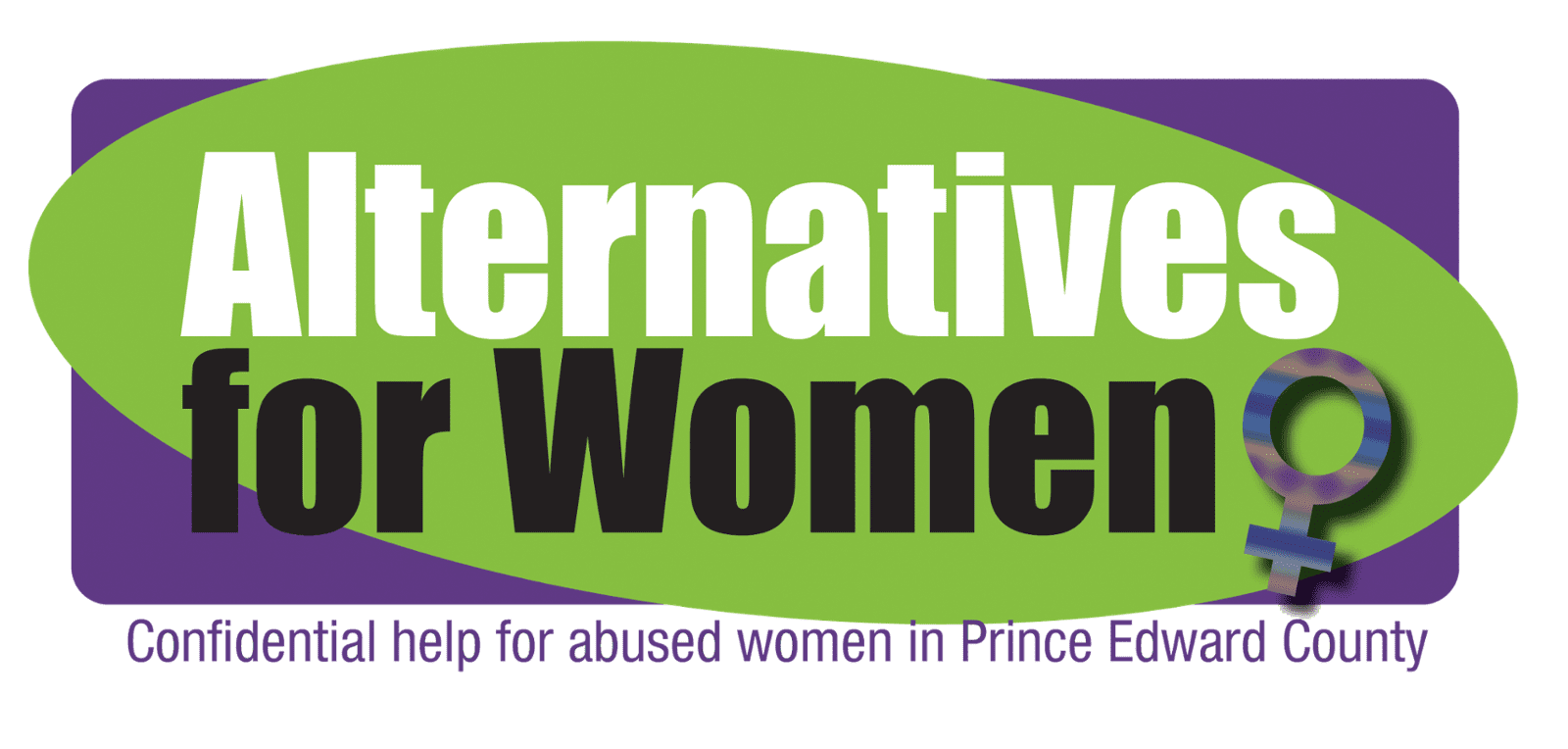Anniversary of an Inquest
It is just past the six-month anniversary of the CAN Inquest (also known as the Renfrew Inquest). The inquest was called to investigate the deaths of Carol Culleton, Anastasia Kuzyk, and Nathalie Warmerdam. They were murdered on September 25, 2015, in Renfrew County, Ontario. The Chief Coroner of Ontario called the inquest into these deaths in 2019, after all other legal avenues related to these deaths had been exhausted. He called the inquest because he suspected that systemic factors were at play in the circumstances related to the murders of Carol, Anastasia, and Nathalie. COVID 19 then sidelined the process temporarily, until June of 2022. At that point the five-member jury heard 3 weeks of testimony and received thousands of pages of evidence.
An inquest is different than other forms of judicial inquiry. Trials, whether civil or criminal, aim to identify who is responsible and to determine how that person will be held accountable. In an inquest, this is not the goal. Instead, the goal is to identify what went wrong that lead to the situation being investigated, and to develop recommendations to support us all in doing better so that situations like that don’t happen again. The report of the CAN Inquest (Carol, Anastasia and Nathalie) contains eighty-six recommendations, the first of which is to declare intimate partner violence an epidemic. In recommending that Ontario declare intimate partner violence an epidemic, the jurors were identifying that intimate partner violence was found to have been a key factor in the three women’s deaths.
At the six-month anniversary of an inquest those who are called upon by the jury to act are meant to report to the Chief Coroner of Ontario. Their report should include an explanation of the actions they are taking based on the recommendations directed to them. Their report must also name those recommendations they do not intend to act on and an explanation of why.
On February 17th, the government of Ontario, towards whom the bulk of the recommendations were directed, provided “part one” of their response. In that response they noted the actions that they had already taken, for instance work toward changing the Family Law Act and preparing to hold a conference on trauma informed approaches to sexual violence investigations. In this “part one” they report that they are acting on about half of the recommendations. They also indicate that the rest of the recommendations require further analysis.
Critics point out that two of the most compelling recommendations fall into this group requiring further analysis. They might also be the most powerful for helping to move the rest of the recommendations forward through the implementation process.
The first of these is also the first recommendation made by the jury; that the government declare intimate partner violence as an epidemic. By declaring intimate partner violence an epidemic, the government would be recognizing the many harms that intimate partner violence does. Every six days in this country such violence ends in death. Every single day it has women seeking medical attention for physical injuries. But such violence doesn’t always result in physical injuries. Instead, it scars women emotionally and psychologically, and sometimes also spiritually. These harms have an impact on public health. To declare intimate partner violence an epidemic is to recognize these realities. Despite this being supported by a great deal of evidence within the inquest’s proceeding, and other public research, the government considers that the recommendation to declare intimate partner violence an epidemic requires even more analysis.
The other important recommendation that the government considers needing further analysis, that was singled out for comment by critics, is the recommendation to create a provincial committee to oversee the implementation of the recommendations. In charging the province to do so the jury was pointing to how complex the process of responding to the overall recommendations is and will be. And yet this is the justification that the government used in saying that the other half of the recommendations required further analysis. It seems that the answer to the government’s problems would be to create a provincial committee to oversee the implementation the recommendations. That the government chose to analyze this charge further has left critics frustrated and bewildered.

